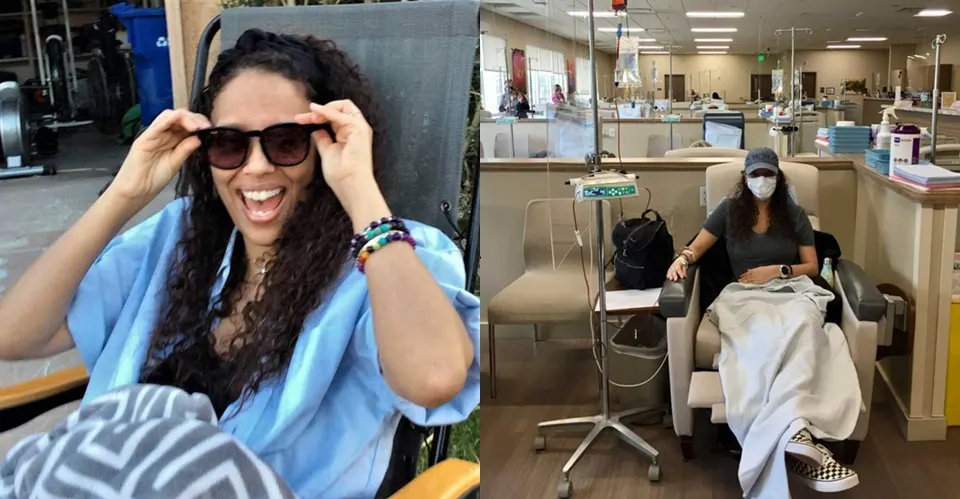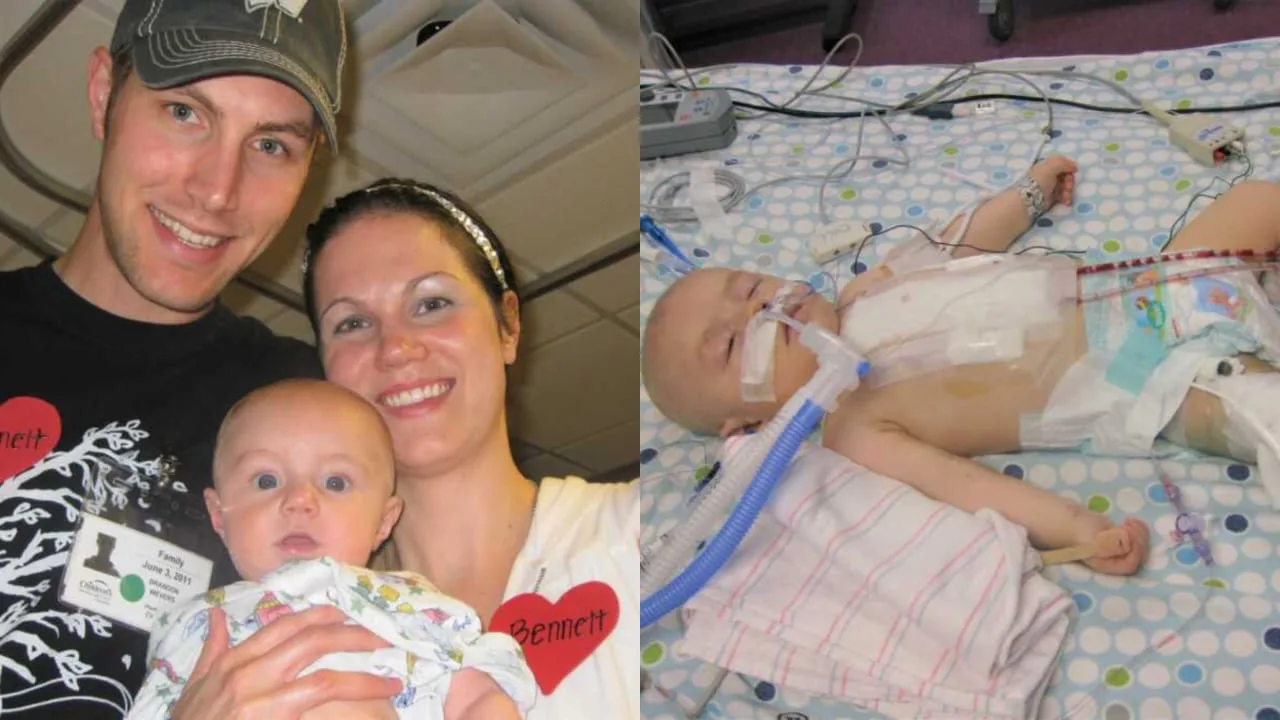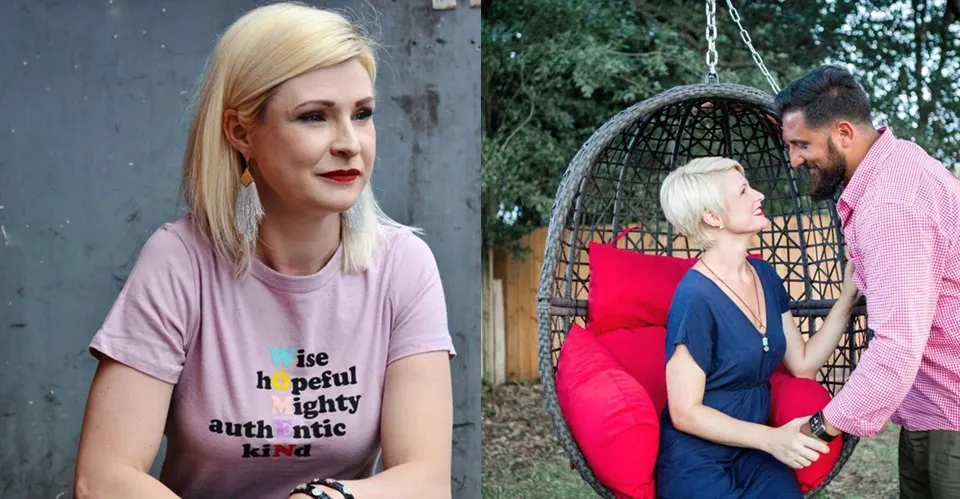I was 26 weeks pregnant when I first heard, “Your baby girl isn’t growing properly.” I sat in the Maternal Fetal Medicine office, alone and terrified, my mind racing. Up until that moment, everything had seemed perfect. It had been a difficult pregnancy, but our baby seemed healthy. With my age and high blood pressure, I had many scans and appointments, and we were closely monitored.

The doctor sat down beside me and explained that the long bones in Nora’s arms and legs were measuring behind, a possible sign of skeletal dysplasia. She mentioned achondroplasia as the most likely cause but said nothing could be confirmed without more tests. I declined testing repeatedly because results wouldn’t arrive until close to my C-section date. We did have an MRI for better measurements, but we ended up in the same place: “most likely,” “we can’t know for sure.”

For eleven weeks, we waited. We monitored, panicked, researched, and worried. It felt like her birthday would never come. At 37 weeks, my body couldn’t wait any longer. All along, Nora seemed healthy, just small. Specialists worried mostly about her breathing because of her chest size. We prepared a bigger team and a hospital with a NICU, just in case.
Finally, Nora was born. Her first cry was everything, it meant she could breathe, and we could breathe. The doctor announced, “It’s what we thought!” She was quickly taken for monitoring of her blood sugar, but otherwise, she was okay. Though we couldn’t confirm the diagnosis yet, she had many features of achondroplasia.
Those first days were overwhelming. I was recovering, missing my boys, and feeling completely exhausted. Specialists came in and out with tests, exams, and information overload. I wanted to just go home and start our new life together. It was different from my previous experiences of motherhood. I wasn’t a brand-new mom, but I was a brand-new mom to a little girl with dwarfism, and this changed our rules a bit.

My firstborn, Nate, was my heart. Sharing my love with Nora felt like it might overflow. His bond with her was instant. He called her “sissy” and saw only love, joy, and perfection in his new sister. We didn’t tell him about her diagnosis right away, and even when we did, he didn’t recognize any difference. His focus was on her tiny fingers, squishy cheeks, and sweet little toes.

The adjustment wasn’t just emotional; it was physical and logistical. Nora had many appointments immediately after birth. Genetic testing later confirmed her diagnosis, which brought a sense of relief. Finally, we knew what path to follow to support her growth and health.

From there, appointments and procedures multiplied, orthopedics, neurosurgery, ENT, genetics, sleep studies, MRIs, X-rays, and more. Specialists warned us the first two years would be the hardest. Babies with achondroplasia may reach physical milestones like sitting, crawling, and walking later than their peers. Nora was born with very low muscle tone, and her head was larger than usual, making neck and spine support a challenge. Certain swings, carriers, and seats were off-limits, so we spent most time playing on the floor.

Babies with achondroplasia can face many health concerns: bowed legs, curved spines, smaller hands and feet, breathing issues, sleep apnea, ear infections, and sometimes surgeries to prevent spinal compression. It’s rare, about one in 15,000 to 40,000 births. Beyond physical challenges, there are emotional and social ones. The world isn’t always built for people of short stature, and bullying and exclusion are real risks. But Nora is strong, resilient, and full of joy.

Over four years into this journey, we’ve found some rhythm. There are moments to breathe, to feel comfortable, and to celebrate small victories. Finding a supportive community of parents of little people made a huge difference. Knowing we’re not alone has been invaluable, and now we can support new families with what we’ve learned.

Nora is now thriving. She’s growing, learning, and loving life. Watching her brings a joy and sunshine we didn’t know we needed. She reminds us every day that together, we can face anything.

If there’s one thing I hope you take from our story, it’s kindness. Celebrate differences, embrace disability, and never judge someone based on assumptions. Stand up, speak up, and encourage empathy. By doing so, we make the world a safer and better place for everyone.




